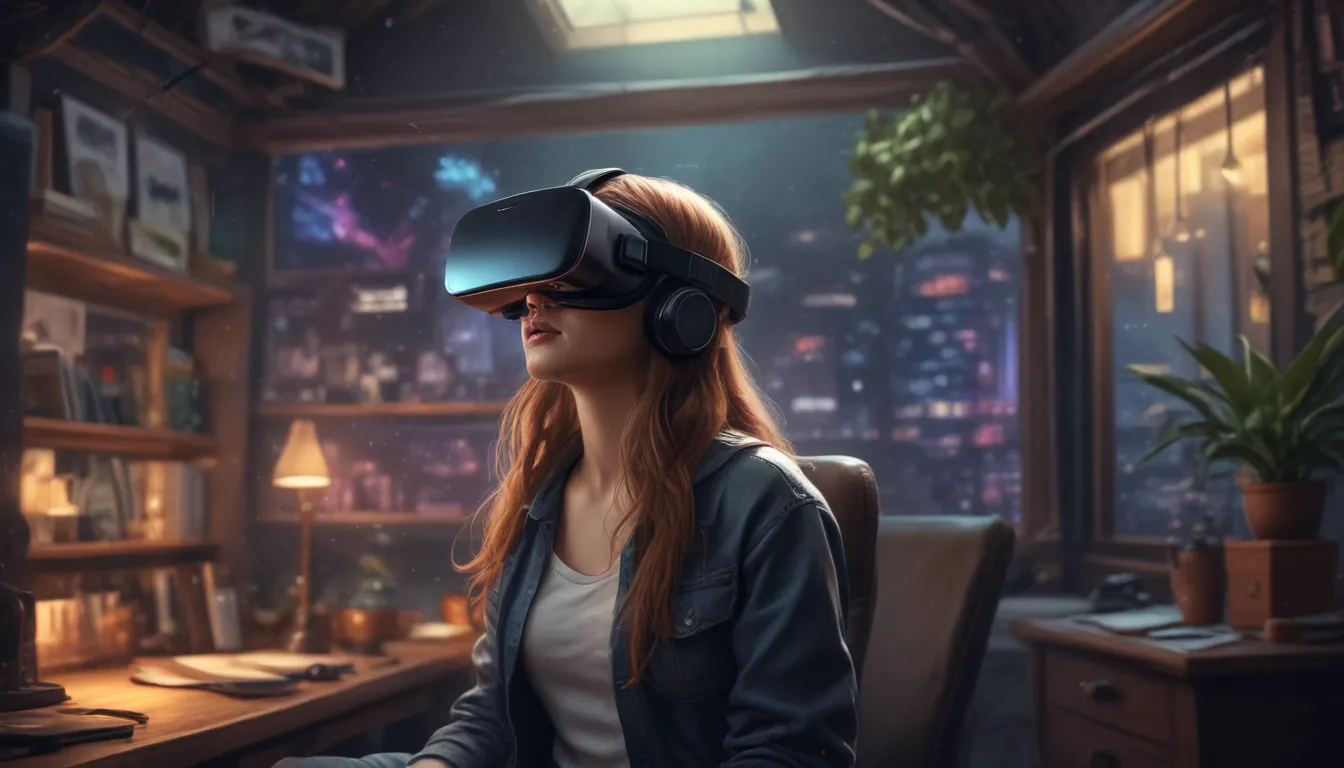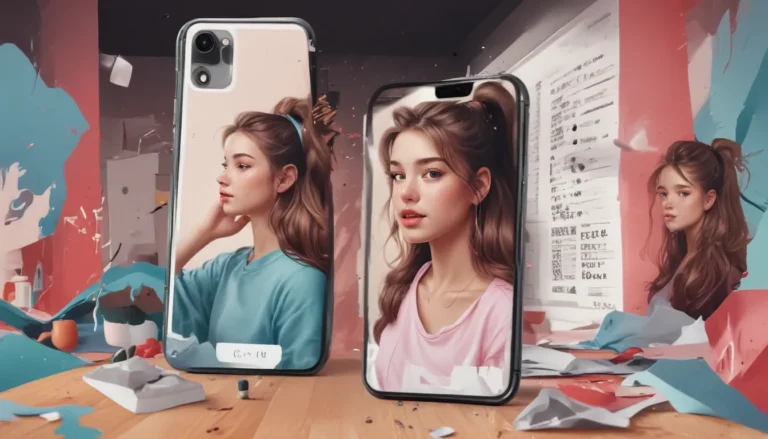A Note About Images: The images used in our articles are for illustration purposes only and may not exactly match the content. They are meant to engage readers, but the text should be relied upon for accurate information.
Virtual reality (VR) has taken the tech world by storm, captivating audiences with its immersive experiences and realistic simulations. From gaming and entertainment to healthcare and education, VR has revolutionized various industries, offering boundless possibilities for integration into everyday life. If you’re curious about this cutting-edge technology, buckle up and prepare to delve into 19 captivating facts about virtual reality that will provide you with a comprehensive understanding of its past, present, and future.
The Evolution of Virtual Reality
Virtual Reality, commonly known as VR, has been a concept since the mid-20th century, captivating innovators and tech enthusiasts with the idea of creating artificial environments that simulate physical presence. The term “virtual reality” was coined in the 1980s, marking a significant milestone in technological advancements. The first VR headset, the “Sword of Damocles,” was developed in the 1960s by Ivan Sutherland and Bob Sproull, laying the groundwork for modern VR technology.
Diverse Applications of VR
VR technology has found its way into various industries, including entertainment, gaming, healthcare, education, and military training. Its immersive nature has made it a valuable tool for simulating real-world experiences and environments, offering users a profound sense of presence and immersion.
VR in Entertainment and Gaming
The gaming industry has wholeheartedly embraced VR technology, providing gamers with immersive and interactive experiences like never before. Users can now immerse themselves in virtual worlds, revolutionizing how they consume media, from movies and documentaries to interactive experiences.
VR in Healthcare and Education
In healthcare, VR has shown promise as a therapeutic tool for treating phobias, PTSD, chronic pain, and other conditions. Educators have incorporated VR into classrooms to provide students with immersive learning experiences that complement traditional teaching methods.
VR in Architectural and Urban Design
Architects and urban planners utilize VR to create immersive 3D models of buildings and cities, allowing for interactive and realistic simulations. VR technology can simulate real-world scenarios for training purposes in fields such as aviation, military, and emergency response, enhancing preparedness and decision-making skills.
Advancements in VR Technology
The rapid evolution of VR technology, including higher resolutions, improved motion tracking, and realistic haptic feedback, is driving the development of more immersive experiences. VR headsets come in various forms, catering to different user preferences and experiences, from standalone devices to those requiring connection to a computer or gaming console.
The Future of Virtual Reality
As VR technology continues to advance, the future holds endless possibilities for its integration into various aspects of everyday life. VR has the potential to redefine entertainment, storytelling, social interactions, and more, offering new avenues for creative expression and audience engagement.
Conclusion: Unleashing the Potential of Virtual Reality
In conclusion, virtual reality is a transformative technology with the potential to revolutionize multiple industries and reshape how we interact with digital environments. Its immersive and interactive nature offers users unparalleled experiences, opening up a world of possibilities for innovation and advancement. As we continue to explore the captivating world of virtual reality, we discover new frontiers and endless opportunities for growth and exploration.
FAQs: Exploring the World of Virtual Reality
- What are the different types of virtual reality?
- Non-immersive VR: Viewing a computer-generated environment on a screen.
- Semi-immersive VR: Partially immersive experience.
-
Fully immersive VR: Completely engulfs the user in a virtual environment, typically through the use of VR headsets.
-
How is virtual reality being used in healthcare?
- VR is utilized in healthcare for pain management, surgical training, therapy for mental health disorders, exposure therapy for phobias, and medical training simulations.
Embark on a thrilling journey through the captivating realm of virtual reality, where extraordinary adventures and discoveries await. Immerse yourself in the exciting world of VR gaming, uncover the stories of pioneers who shaped the VR landscape, and witness the limitless potential of this transformative technology. As we embrace the exciting possibilities of virtual reality, we step into a future filled with innovation, creativity, and endless exploration.






